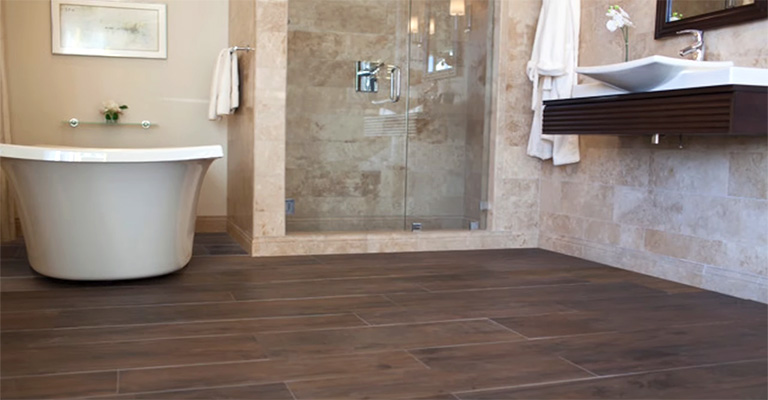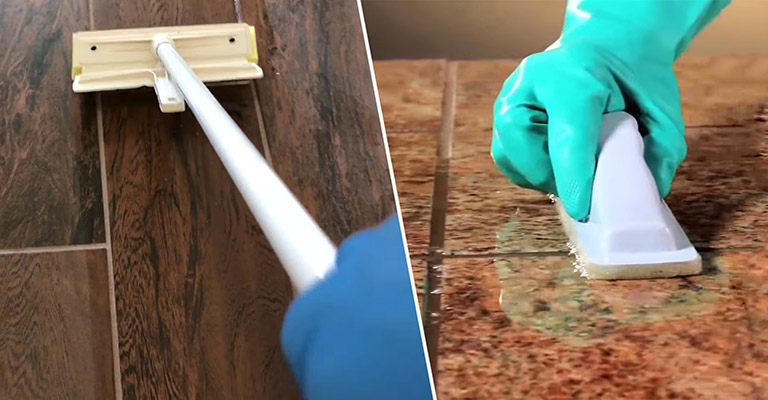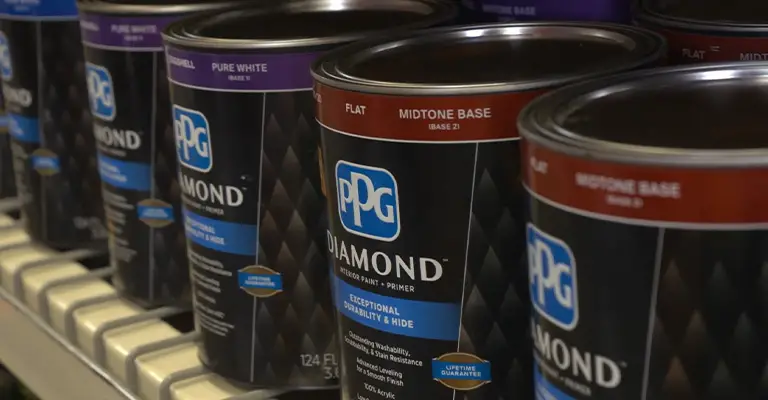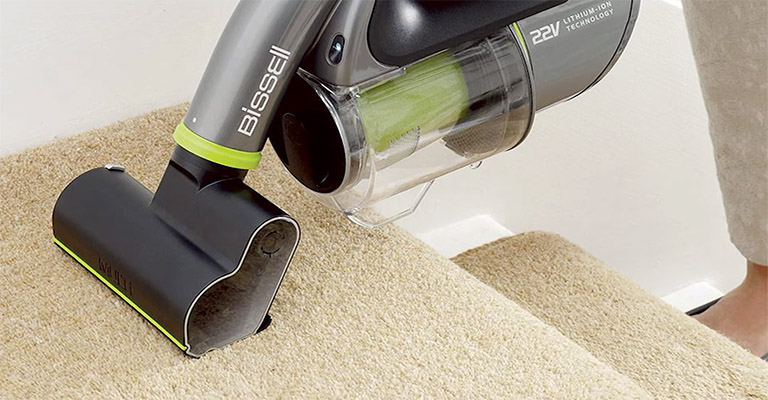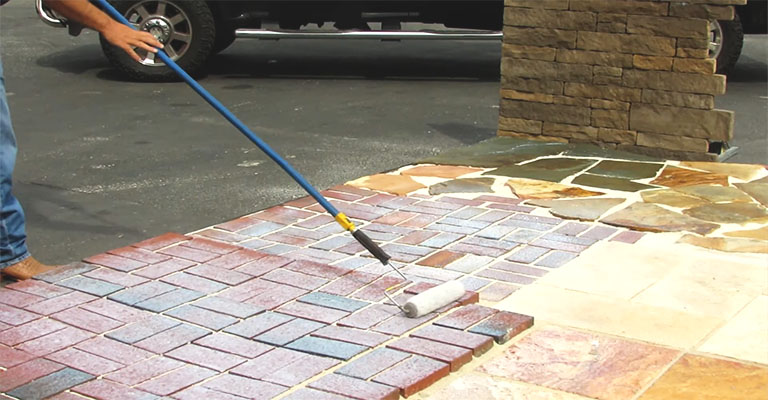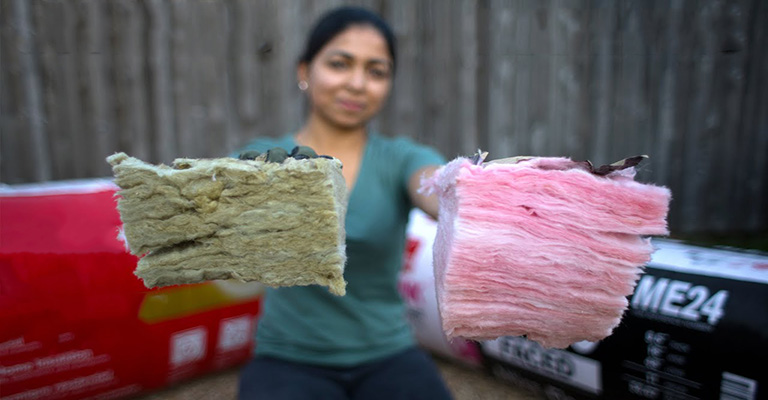What Is The Fastest Way To Dry A Wet Spot On Carpet?
Perhaps you spilled a large glass of water, or you left a window open when it began to rain. The carpet still needs to be dried as soon as possible even though this amount of water may appear innocuous.
There is no complicated process to follow. All you need to do is run a fan point it at the wet area. Using a dehumidifier dries the carpet by taking away moisture.
It is also possible to use rags to cover your damp area. Make sure they are weighed down with heavy items like books so they can absorb as much water as possible.
Make sure the heavy object is protected with something watertight so it will not be damaged. To remove any remaining moisture, you can blow dry your hair. If the nozzle overreaches the carpet, the heat from the dryer may cause the fibers to melt.
Things To Consider Before Drying Your Wet Carpet
While it’s good to dry out your carpet as soon as possible after water damage or a leak, you will not be able to achieve the desired results if you don’t do a few things first.
Limit Traffic On Wet Carpet
Because wet carpets are fragile, stepping on them can wear them out as well as bring in the dirt. To prevent ruining your hard work, bring out all items that will require you to return to the room before beginning the process of drying your carpet.
Clear The Room
Furniture and other items being placed on wet carpets prevent it from drying properly. Make sure everything on the carpet is off the carpet and off the floor.
Fix The Leak
Finding and resolving the leak source is necessary before drying your carpet. You must get the leak fixed before starting the drying process, regardless of whether it is from a broken pipe, a leaking roof, or another issue.
How To Dry A Wet Spot On Carpet?
Whether there is one spot or random water spot on your carpet, you should remove a wet small area rug or carpet from the floor and let it dry completely outside before putting it back down.
Drying A Carpet Quickly
To dry the wet carpet, spread towels over it. Afterward, you’ll need to continue walking until the towels are completely moist. After this, you should replace the towels with dry ones.
Make sure the carpet is dry until you are done. It is still a good idea to look beneath the carpet padding and make sure the floor isn’t soaked wet, as well.
Vacuum The Wet Carpet
You cannot use a regular vacuum to do this. You need one designed to soak up water. Wet carpets are extremely dangerous for vacuums used in homes. Most vacuums sold for home use only clean dry carpets. Wet vacuuming should only be done with a household vacuum cleaner that is approved for this purpose.
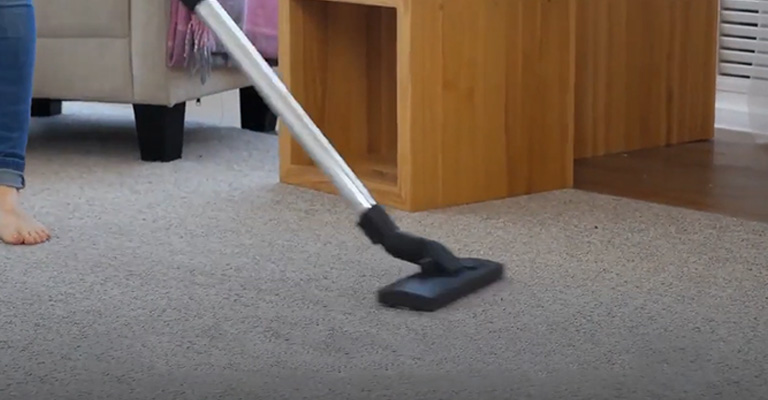
Use a wet vacuum cleaner to remove all the water from the carpet. If water has soaked through the carpet backing or soaked in under the edges, it may not be possible to remove it with a wet vacuum.
You should keep an eye on your fill tank and make sure you empty it before it overflows. A tank may have to be emptied several times, depending on the amount of water in the carpet.
Follow-Up With An Absorbent Towel
Place and press down absorbent towels on the carpet after you have extracted as much water as you can with the shop vac. It will help soak up any remaining moisture.
Water damage experts are a good alternative to trying to handle the water damage on your own if too much water has seeped into the carpet.
Encourage The Moisture To Evaporate
In addition to the other two options, you should use this because it takes some time to complete. You might even want to pick up a dehumidifier if you have one or get some ceiling fans, hairdryers, and household fans.
As soon as the water begins to dry, point them toward the moisture. Again, you will want to ensure that the carpet padding and the floor aren’t still damp underneath the carpet.
The wet area should be surrounded by a “vortex.” For instance, you could arrange three fans in a triangle around the wet area, so that they blow outward instead of across it directly.
Additionally, air movers and professional dehumidifiers can be rented from most big box stores. Allow the humidity to escape by opening neighboring windows in warm weather.
Air Dry The Carpet
Fans and dehumidifiers are excellent tools in a room to assist with air circulation and evaporation. The fans should be repositioned every few hours. If the damage caused by water is minimal, you can utilize a hairdryer to speed up the drying process.
Move the cloth back and forth as you blow-dry, allowing the area to cool before determining if it’s dry. Hold the machine a few inches from the carpet and blow-dry in a back-and-forth motion. In some cases, you may misunderstand the moisture levels in the area when you touch it while it is still warm.
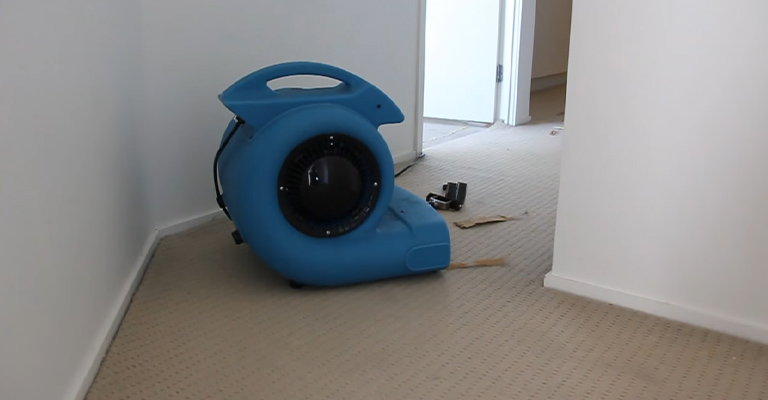
How Long Does It Take to Dry Carpet?
If you are using the correct equipment to dry wet carpet and lift it up off the floor, it will take between 12 and 24 hours. However, if you do not lift it or place fans in your house, it may take two to four days.
Two reasons should motivate you to dry your carpet as quickly as possible. The first is that mold can start growing within 24 hours. Your carpet can also break down from the water. It will also get ruined faster if you walk on it while it’s wet.
Does Mold Grow in Wet Carpets?
Wet carpets are a breeding ground for mold, a fungus. People with carpeted homes or those who experience flooding often or do not have an ideal atmosphere for their carpets to dry fast will have bad news.
It is easy for mold to start growing in a carpet because it reproduces through spores. Outside and inside air are normally filled with spores.
Those things become disturbing when they land on a moist surface. Warm, moist carpets are ideal breeding grounds for mold. It can start growing and spreading within 24 hours of being wet. This is why carpets should never be left wet.
Warnings
The carpet should be dry as quickly as possible if it has been wet with dirty water. Before vacuuming the dirty water out of the carpet, add more clean water.
Cleaning carpets with a carpet cleaner instead of a vacuum is more effective. Vacuum out excess water after cleaning via carpet cleaner. When you let just the dirty water drain, you may leave behind dirt that will stain the carpet.
There is a possibility that the padding and carpet will shrink after the excess water evaporates, and the seams can separate as a result. Any needed repairs should be performed by professional carpet companies.
Additional Tips For Drying A Carpet
You should take your carpet outside if it is small enough, like a rug. You can dry your carpet under a shade – the heat and wind will make it dry in just a few hours.
It is also possible to place the carpet directly under direct sunlight, so the backside faces outward. When heated by the sun, the carpet will look better quickly. Fans and dehumidifiers are not needed.
Final Words
Drying wet carpet efficiently requires a blend of traditional and modern techniques. One could use a hair dryer, which, when aimed directly at the damp area, provides a quick method to get your wet carpet dry. However, it’s essential to strike a balance, ensuring that as much moisture as possible is drawn out to prevent mold growth or bad odors. If you’re in a pinch, home remedies like baking soda can help absorb the lingering moisture. Steam cleaning is another solution, though it’s often more effective when combined with professional carpet cleaner tools. If the damage extends to the carpet pad, you may need to consider the more drastic measure of replacing the carpet padding.
For those facing persistent wet carpeting issues or larger spills, it might be wise to engage a professional cleaning service. These experts not only specialize in carpet cleaning but also in upholstery cleaning, ensuring a thorough job. Wet towels can be employed to absorb the initial spill, but remember, the key is to address the situation swiftly. Ultimately, while there are numerous DIY methods, nothing beats the efficiency and thoroughness of a professional carpet cleaner. Their expertise ensures that every fiber of your carpet is free from moisture, giving it a fresh, clean appearance and safeguarding your home’s hygiene.

